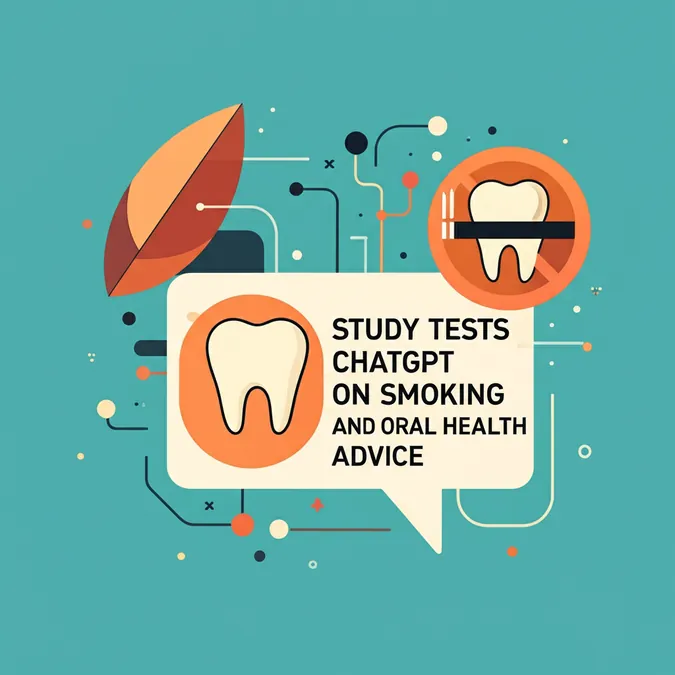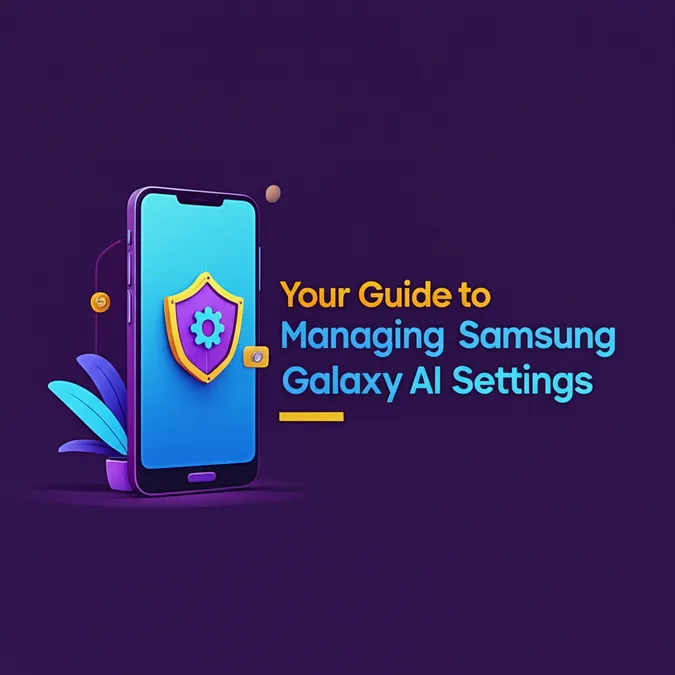Developer Offer
Try ImaginePro API with 50 Free Credits
Build and ship AI-powered visuals with Midjourney, Flux, and more — free credits refresh every month.
The AI Double Standard in Higher Education
In recent years, the educational landscape has undergone a profound transformation as teachers increasingly rely on digital assistants to aid in their duties. This silent shift is reshaping the very essence of knowledge transmission. What was once a straightforward exchange of wisdom between teacher and student is now mediated by artificial intelligence, raising questions about transparency and trust. While the integration of AI into education may seem a natural progression in a tech-driven world, it becomes contentious when its use remains concealed from students, challenging the fundamental trust that underpins educational relationships.
The Silent Automation of Teaching
The use of artificial intelligence in education is not solely a tool for students; teachers are also harnessing its capabilities to streamline their workloads. From creating instructional materials to crafting quizzes and providing personalized feedback, AI’s presence is growing. For instance, David Malan at Harvard has developed a chatbot to assist in his computer science course, while Katy Pearce at the University of Washington uses AI trained on her evaluation criteria to help students progress.
Despite these advancements, some educators choose to keep their use of AI under wraps. Overwhelmed by grading and time constraints, they delegate tasks to AI without disclosure. Rick Arrowood, a professor at Northeastern University, admitted to using generative tools for his materials without thoroughly reviewing them or informing his students. Reflecting on this, he expressed regret over his lack of transparency.
Student Tensions Rise Over AI Use
The non-transparent use of AI by educators has led to growing unease among students. Many notice the impersonal style and repetitive vocabulary of AI-generated content, prompting them to become adept at identifying artificial texts. This led to instances like that of Ella Stapleton, a Northeastern student who discovered a direct ChatGPT request within her course materials. She filed a complaint and demanded a refund of her tuition fees.
On platforms like Rate My Professors, criticism of standardized and ill-suited content is mounting, with students perceiving such materials as incompatible with quality education. This sense of betrayal is heightened when students are prohibited from using the same tools. For many, teachers’ reliance on AI signifies injustice and hypocrisy, fueling further discontent.
Universities Develop Ethical Frameworks for AI
In response to these tensions, several universities are establishing regulatory frameworks to govern AI’s role in education. The University of Berkeley, for instance, now mandates explicit disclosure of AI-generated content, coupled with human verification. French institutions are following suit, acknowledging that a complete ban is no longer feasible.
An investigation by Tyton Partners, cited by the New York Times, found that nearly one in three professors regularly uses AI, yet few disclose this to their students. This disparity fuels conflict, as emphasized by Paul Shovlin from Ohio University. He argues that the tool itself is not the issue, but rather how it is integrated. Teachers still play a crucial role as human interlocutors capable of interpretation, evaluation, and dialogue.
Some educators are choosing to embrace transparency by explaining and regulating their AI use, leveraging it to enhance interactions. Though still a minority, this approach could pave the way for reconciling pedagogical innovation with restored trust.
Compare Plans & Pricing
Find the plan that matches your workload and unlock full access to ImaginePro.
| Plan | Price | Highlights |
|---|---|---|
| Standard | $8 / month |
|
| Premium | $20 / month |
|
Need custom terms? Talk to us to tailor credits, rate limits, or deployment options.
View All Pricing Details

